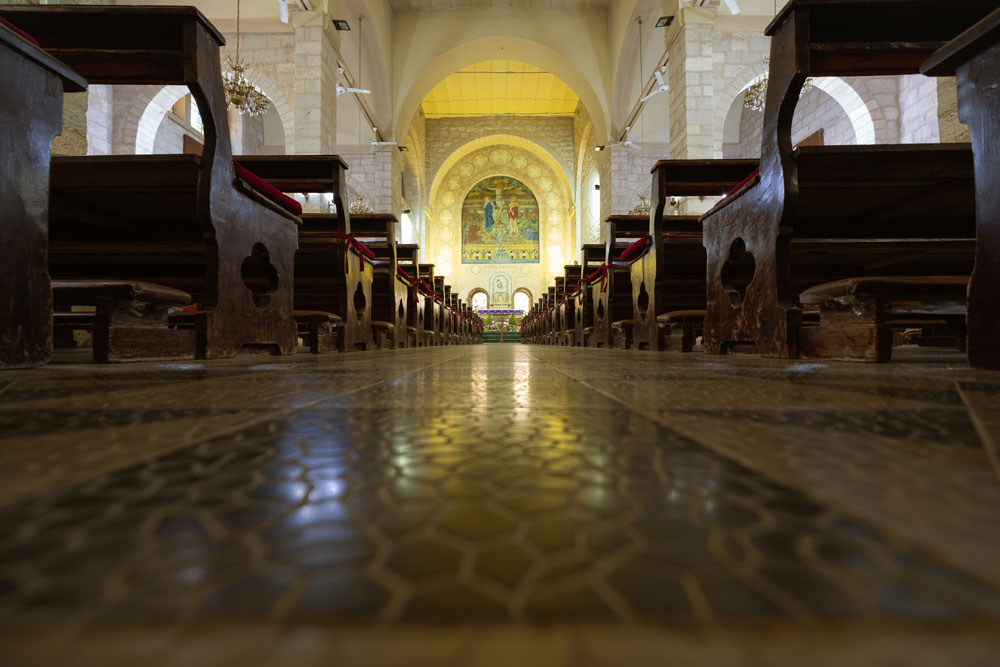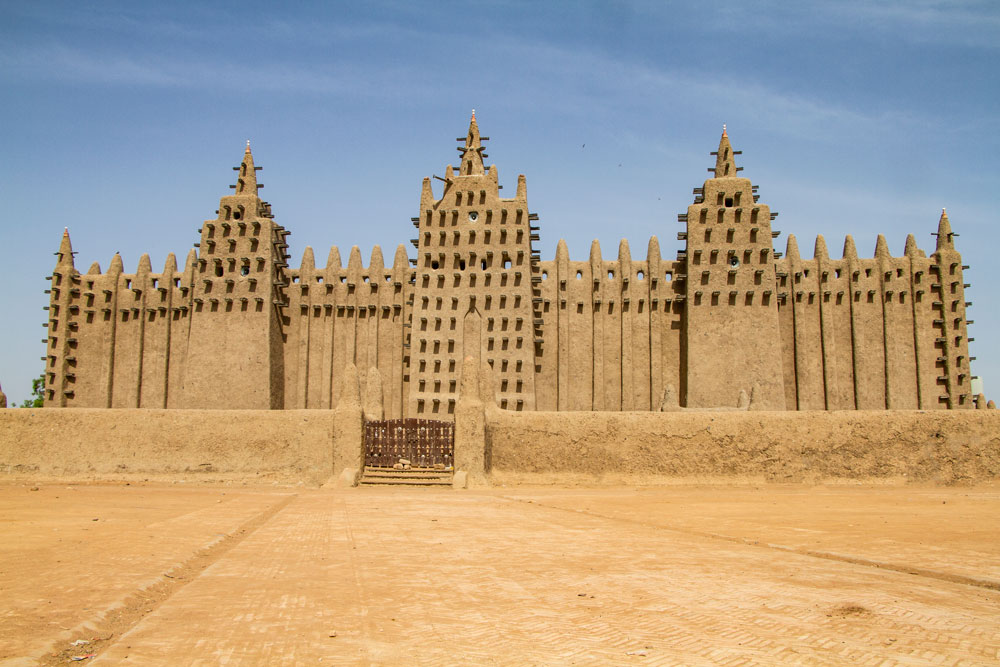What topic can be more challenging to tackle than religion?
That’s a question we’ve asked ourselves more than once as we created Sacred Places—an exhibit that explores dozens of sacred sites around the world through the lens of real members from those faith communities.

When conquering a theme as broad as religion, it’s impossible to discuss all aspects in a limited exhibit space. Every person who practices a particular faith approaches that experience from their own point of view. Even if you approach religious practice from merely a cultural perspective, there are more than forty different ethnic and national affinity groups in the Indianapolis area alone. That's a lot of different opinions, perspectives, and histories to sort through. How do you create an exhibit about shared experiences and our common stories in the midst of something that could go a million different ways all at once?
Building bridges with an exhibit
With our decades of experience—including a previous exhibit on religion called National Geographic Sacred Journeys—addressing challenging topics in an age-appropriate way as a starting point, we gathered a team of national advisors, partners, and religious practitioners and got to work researching and dreaming about this new exhibit that would help build bridges in our communities.
The team agreed early on that it was important to use the lens of personal stories as the foundation of the exhibit–include as many stories as possible, touching on the many walks of faith and spiritual practices around the world, including different stories and traditions within the same religion. Because that’s how we can respectfully approach such an expansive topic. It’s through sharing and listening to personal experiences and perspectives that we can begin to seek mutual understanding.
Keeping in mind the goal of including as many perspectives as possible, our advisors and museum team spent many months discussing how to tell a comprehensive story of sacred places around the world. The advisors recommended that we highlight spaces in the exhibit associated with five world religions—Judaism, Christianity, Islam, Hinduism, and Buddhism—plus indigenous spirituality. They made this recommendation based on the number of practitioners worldwide, their impact on world history, the number of adherents who might be neighbors to museum audiences, and the traditions most associated with misconceptions in need of correction or further exploration.

In addition to these six spaces, our advisors encouraged us to add objects in smaller vignettes that tell stories about the personal experiences of those who practice religions other than the six highlighted practices.
With these goals in mind, The Children’s Museum team began traveling to each location to meet real community members, listen to their stories and what was important to them about the sacred place, and gather other resources so we could help amplify the voices of people around the world.
A team effort
We could not create this exhibit without the support of a very large team. Of course, our team of advisors has been instrumental every step of the way. But we also forged a strong relationship with CyArk—nonprofit organization committed to empowering connections with historic places. They helped pave the way for us, introducing us to several of the communities around the world that are highlighted in Sacred Places. They also helped us with the amazing immersive features in the exhibit.

Sacred Places could not have happened without the full support of the Lilly Endowment. They have been funders and partners of other exhibit endeavors and continued to back our efforts with this newest exhibit.
You can follow along
We've created a series of posts that discuss how we went about gathering the stories that will shape Sacred Places. Our team has been deeply impacted by the people they’ve met and the stories that will be shared in this exhibit–and we think you will be too!
This exclusive behind-the-scenes look at Sacred Places covers these topics:
- The Challenge of Addressing Religion in an Exhibit Like Sacred Places
- Using Artifacts to Tell Personal Stories
- Stories Begin with Relationships
- Weaving It All Together
Sacred Places was made possible by Lilly Endowment, Inc.
Lilly Endowment Inc. is a private philanthropic foundation created in 1937 by J.K. Lilly Sr. and his sons Eli and J.K. Jr. through gifts of stock in their pharmaceutical business, Eli Lilly and Company. While those gifts remain the financial bedrock of the Endowment, it is a separate entity from the company, with a distinct governing board, staff and location. In keeping with the founders’ wishes, the Endowment supports the causes of community development, education and religion and maintains a special commitment to its hometown, Indianapolis, and home state, Indiana. The principal aim of the Endowment’s religion grantmaking is to deepen and enrich the lives of Christians in the United States, primarily by seeking out and supporting efforts that enhance the vitality of congregations and strengthen the pastoral and lay leadership of Christian communities. The Endowment also seeks to improve public understanding of diverse religious traditions by supporting fair and accurate portrayals of the role religion plays in the United States and across the globe.

 (
(











